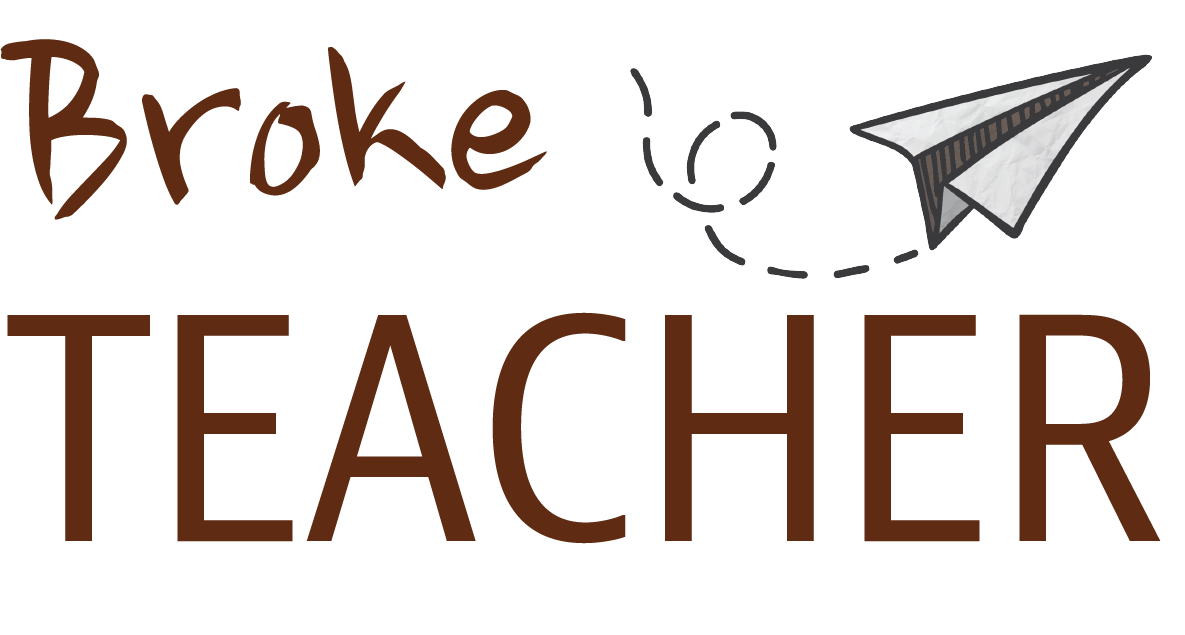“I delete your emails,” said a friend. “They’re too long.” They were. These days, I’m embarrassed. My old emails would’ve been perfect–if I were writing a research paper or Ph.D thesis. They’re way too long and deserved to be filed under #nobodycares.
I apologize to everyone who ever received one of my “before” emails and thank all the people outside of education who said, “SHORT! MAKE THEM SHORT!”
The first time I used a sentence fragment in an education email I felt completely liberated. Trust me, there will be more.
Email skills are important since more and more schools are getting email accounts for all members of the community–staff and students alike. We need to teach–and use–good email practices.
Here are some ways to get the best email flow possible.
Teach students formal vs informal communication
I got an email that said, “Hey, u gave me a 0 for that thing.”
- What thing?
- “u” is a letter of the alphabet, not a word.
- “Hey is for horses.”
Be brief, but be appropriate, and teach students the same. In this case, a student to teacher communication should be specific, polite, and using conventional language.
Use specific and appropriate subject lines
Vague subject lines get lost. Often, I’ll have to dig up something old. Using relevant subject lines helps a recipient find material quickly.
Develop a convention for this if accepting student papers. This will help identify student work even if you get a lot of email. Here’s a good one to use for paper submissions:
Submission: Name, Class Period, Assignment Title, Date,
Use Cc, Bcc correctly
Cc should be used to keep someone in the loop if they should know about something. A Cc implies no need to act. Everyone can see people who get a Cc. Bcc isn’t something I don’t use often unless I’m creating a private paper trail–I might Bcc a guidance counselor to show I’ve given a student extra opportunities or Bcc my boss to keep him in the loop about a student matter. Most communication should be a Cc or simply direct group emails.
Reply vs. Reply to All
Reply to All is the most misused feature in the universe. I routinely receive things addressed to “Everyone” in the school community–everything from sports scores, announcements, congratulations, or Employees of the Month. These deserve a reply, but not a “reply to all.” If congratulations are in order, I “reply” to the person directly. I never “reply all.”
The reason is this–each email went out to hundreds of people. Assuming a small percent reply to all, that’s an additional double-digit clump of emails in my inbox on something that many not have impacted me directly. Use “reply” in 99% of all emails. “Reply to All” is suited to your workgroup for info everyone needs to see.
If you find you’re using too many “Reply to Alls” for legitimate workgroup communications, you may consider using a workgroup communication tool like Slack, HipChat, or a simple group message.
Email can be your greatest blessing–or worst nightmare. While it gives students the ability to submit work, get help, clarify assignments, and keep up to date, using good email etiquette is essential for keeping organizations running smoothly and important communications a priority.
Teach and practice good email etiquette, and your inbox–and school–will smile.
[photo credit: Jean-Pierre Gallot]
